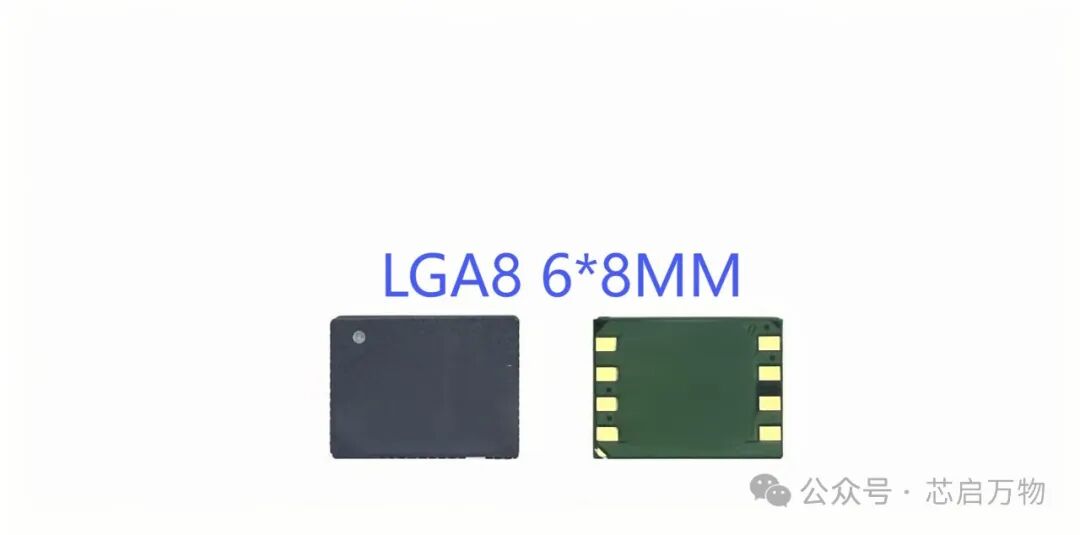SD NAND and SPI NAND are like the “sports car” and “bicycle” of the storage world—each has its own applicable scenarios.

1. Interface Method
-
SD NAND: Like the SD card in a mobile phone, it uses a high-speed parallel interface (for example, transferring data with 4 data lines simultaneously), which is fast and comes with an “intelligent manager” (controller) that can automatically handle issues in storage (such as error correction and bad blocks).
-
SPI NAND: Uses single-wire serial communication (similar to a walkie-talkie, where only one message can be sent at a time), which is slower but has simple wiring (only 4 wires needed). However, all low-level management (such as error correction and bad blocks) must be handled by writing your own code.
2. Performance Difference
-
SD NAND: Transfer speeds easily exceed 50MB/s, suitable for frequent read/write operations (such as smart devices storing videos and system logs).
-
SPI NAND: Speeds are usually below 50MB/s, suitable for occasionally storing small amounts of data (such as refrigerator temperature records).
3. How to Install in Devices?
-
SD NAND: Directly soldered onto the motherboard like a chip, compact in size (similar to the eMMC chip in mobile phones), can even be used in watches.
-
SPI NAND: Slightly larger (commonly in square chip packaging), suitable for devices with less space constraint, such as storage chips in remote controls.
4. Development Difficulty
-
SD NAND: Just plug it in and use it! The driver can directly use existing SD card code, without worrying about low-level issues (as simple as using a USB drive).
-
SPI NAND: You need to write your own driver and handle various storage “pits” (for example, if a storage block is bad, you have to manually skip it), suitable for companies with strong technical teams.
5. Where to Use?
-
SD NAND: High-end embedded devices (such as smart home control centers, dash cameras), requiring stability, speed, and ease of use.
-
SPI NAND: Low-cost small devices (such as electronic price tags, temperature controllers), small data volumes, not sensitive to speed.
6. Price and Capacity
-
SD NAND: Slightly more expensive (128MB to 64GB), but saves money on development.
-
SPI NAND: Chips are cheaper (128Mb to 4Gb), but development costs labor.
Summary:
-
If the budget is sufficient, seeking convenience, and requiring high speed → choose SD NAND.
-
If cost-sensitive, small data volume, and have a technical team → choose SPI NAND.
To put it metaphorically: SD NAND is like a “furnished apartment” ready to move in; SPI NAND is like a “bare shell apartment” that requires renovation but is cheaper.